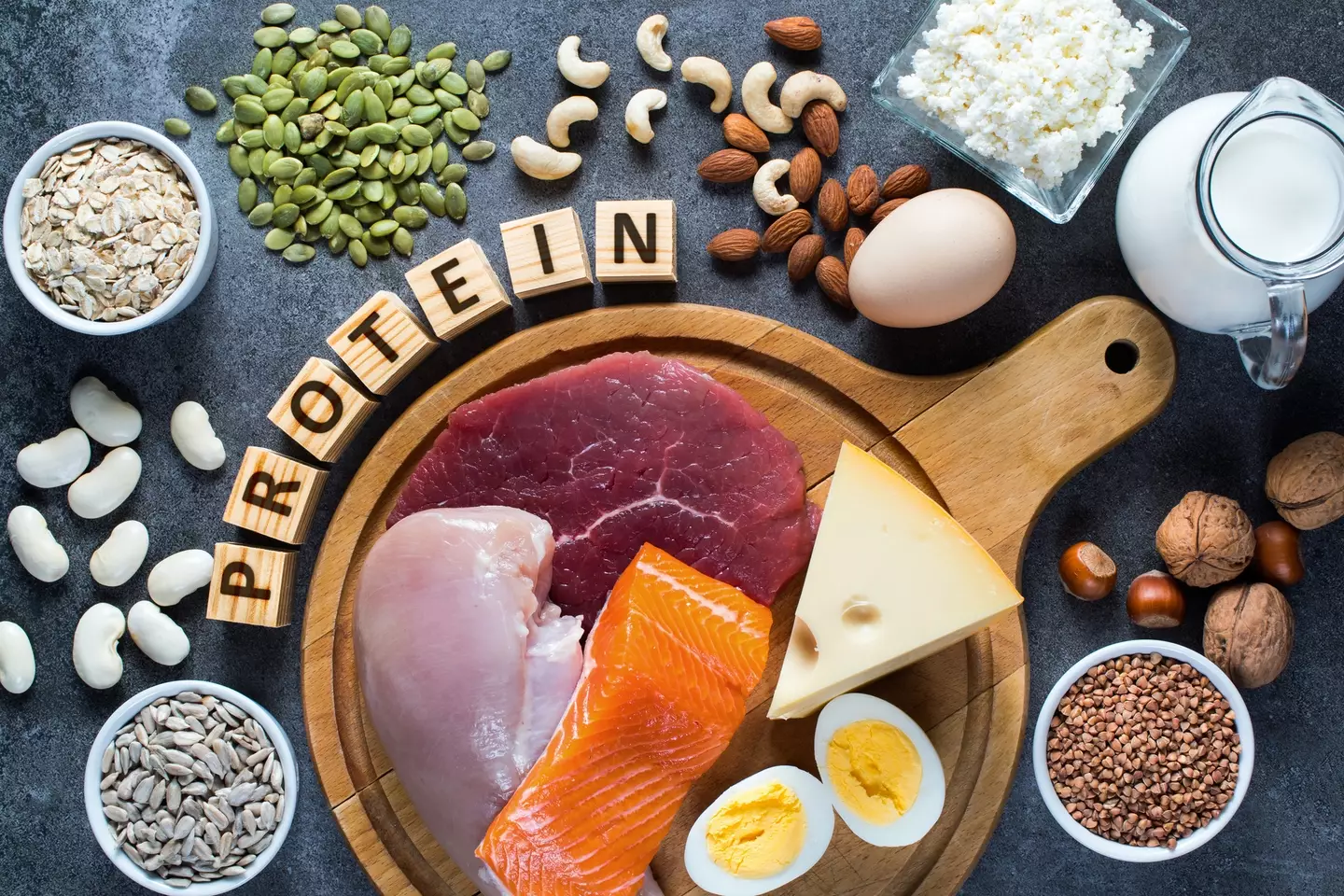
If you’re physically active, there’s a good chance you’re paying attention to your protein intake.
The recommended daily allowance (RDA) of protein for the average person is 0.8g per kilo of bodyweight per day. If you’re physically active or looking to build muscle, it’s often recommended that you eat 1.2 to 2.2g per kilo of body weight.
Getting to the lower end of that range can require some dietary tweaks and deliberate meal planning on its own, but getting to the higher end means a fair bit of dedication. If you’re vegetarian, you can of course still reach those figures, but it’s trickier without the highly-efficient protein options of chicken breast and turkey mince.

Advert
But why bother? Well, protein is the essential nutrient for building and repairing muscle tissue, and the more you work those muscles the more protein you’ll need to efficiently recover and grow. Even if you’re gym-averse or relatively sedentary, you need it to keep things ticking over anyway.
With all that in mind, meat-eaters and vegetarians alike may struggle to reach their protein intake goals with their main meals, and so many of us opt to supplement them with protein-rich snacks like protein shakes and protein bars.
However, if you’re going for protein bars, you ought to be clued up on what they entail and why they might not be as good for you as you might imagine.
Per Dr Tai Ibitoye, a dietitian writing for Women’s Health, there are notable benefits to protein bars but it’s important to be mindful of the potential caveats.
Advert
“A vast number of observational studies suggest that eating snack bars between meals can support individual health, nutrition and fitness goals by providing varying amounts of energy, vitamins, fibre, minerals and protein,” she said.
“But this, of course, comes with one major caveat – it depends on what’s actually in them. For context, some can be a major source of saturated fat and free sugar, containing even more than your average chocolate bar.”
With that in mind, protein bars may help you to reach your intake goals but the sugar and fat content might work against your macros or otherwise impact upon your dietary goals.
Rather than munch through a protein bar, you could look at ways to increase your protein intake in your meals. For example, if you typically eat cereal for breakfast, a dollop of natural yoghurt can make it a more protein-rich meal.
Advert
.jpg)
Instead of snacking on a protein bar, you could snack on nuts and seeds. These are particularly good options as they’re also fibre-rich and will aid digestion.
As to how best to gauge whether a protein bar is worth eating, Dr Ibitoye added: “The rule of thumb? For a product (such as bars, bites or anything else promoted as ‘protein-rich’) to fit that bill in a meaningful way, at least 20% of the calories of the product should be provided by protein to make sure it’s actually worth parting with your hard-earned cash for.”
It’s a handy tip that could go a long way towards helping you separate the protein bar wheat from the chaff.
